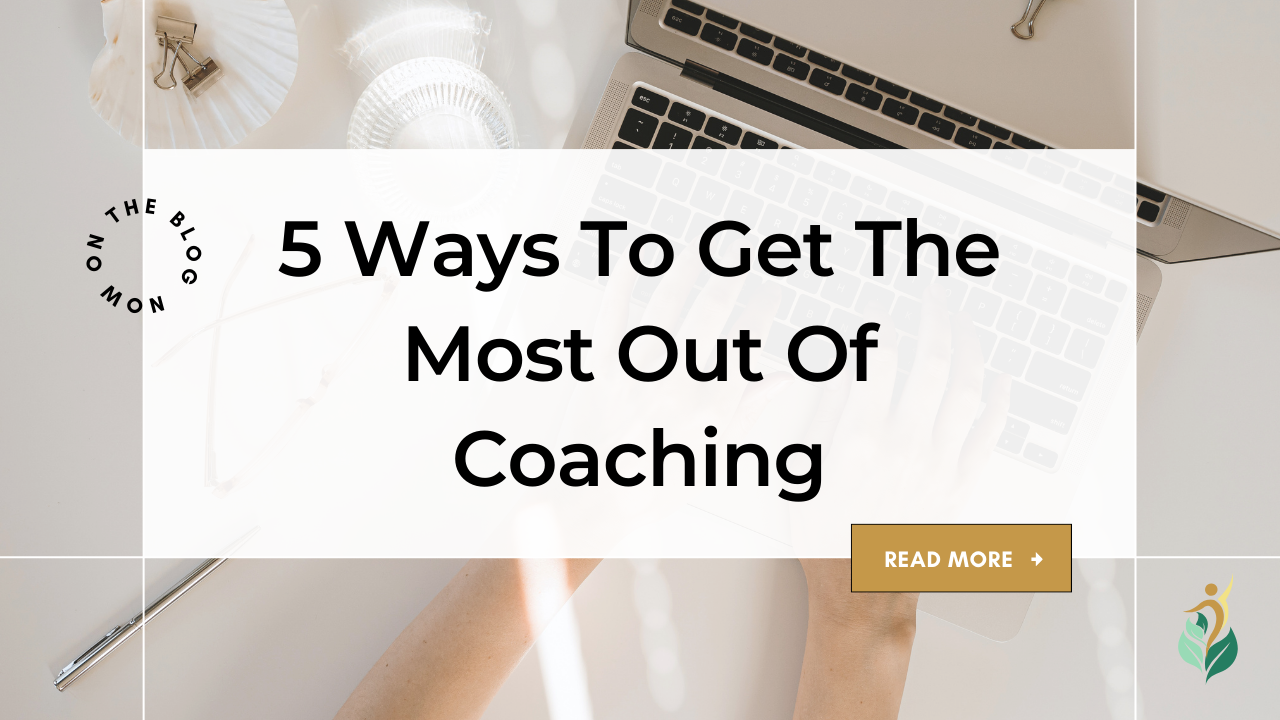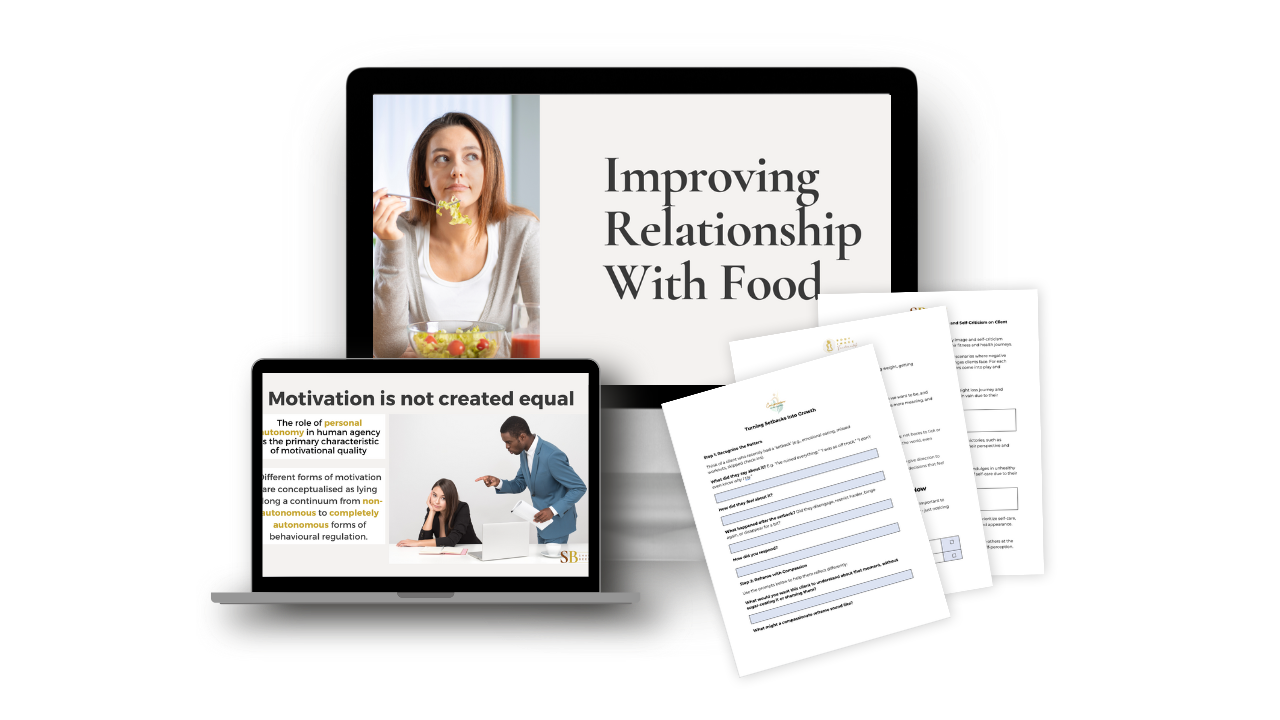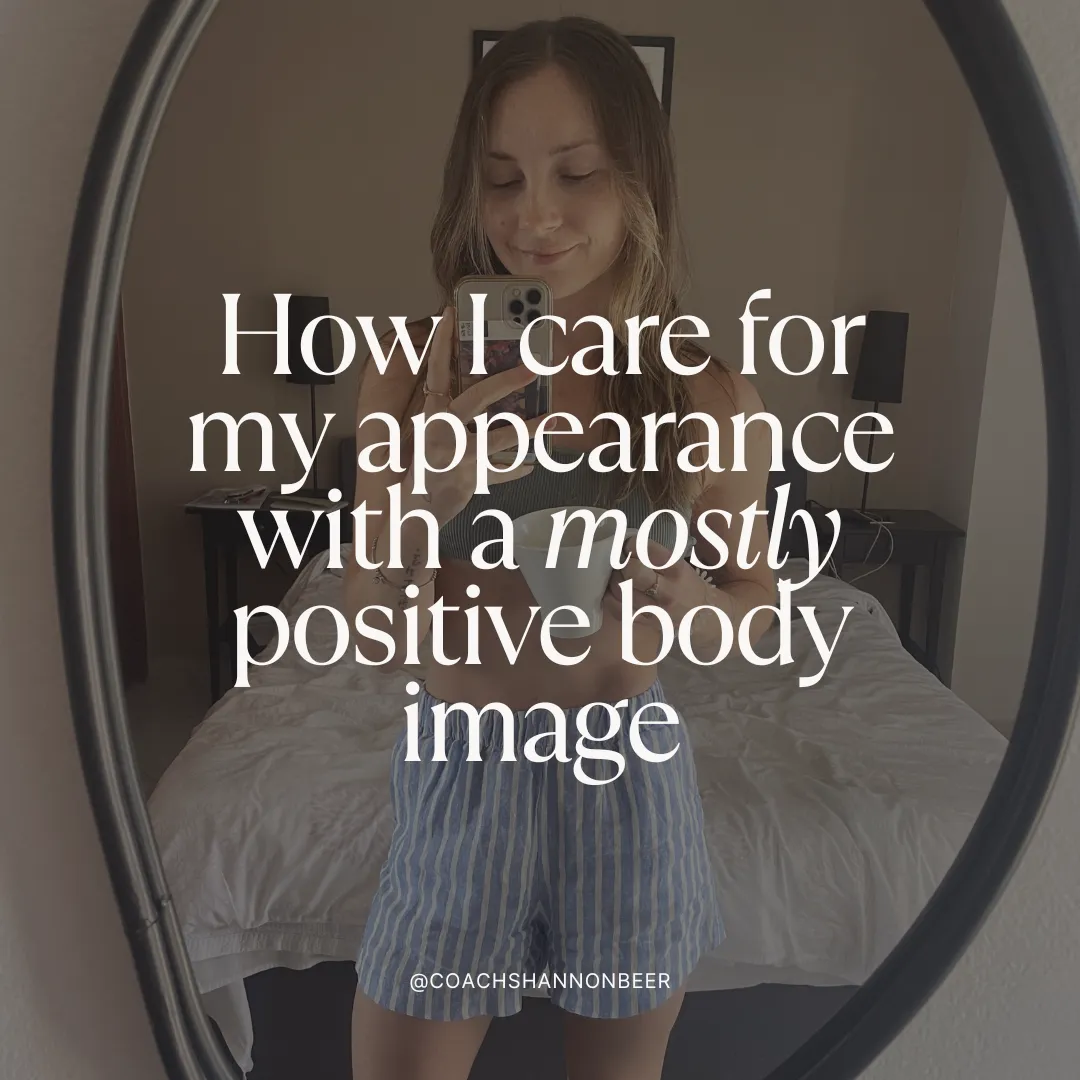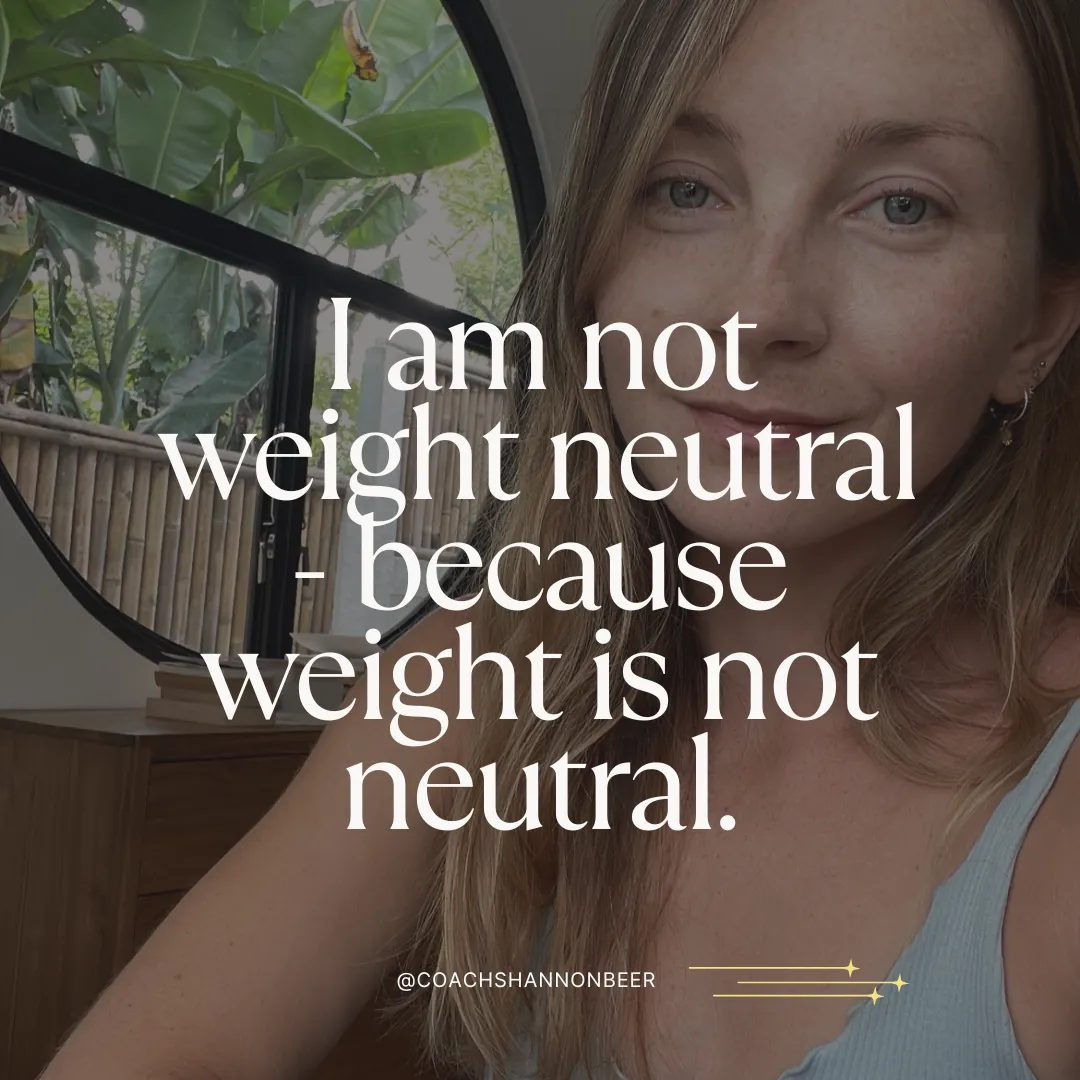Are Before and After Weight Loss Photos Harmful?
May 07, 2023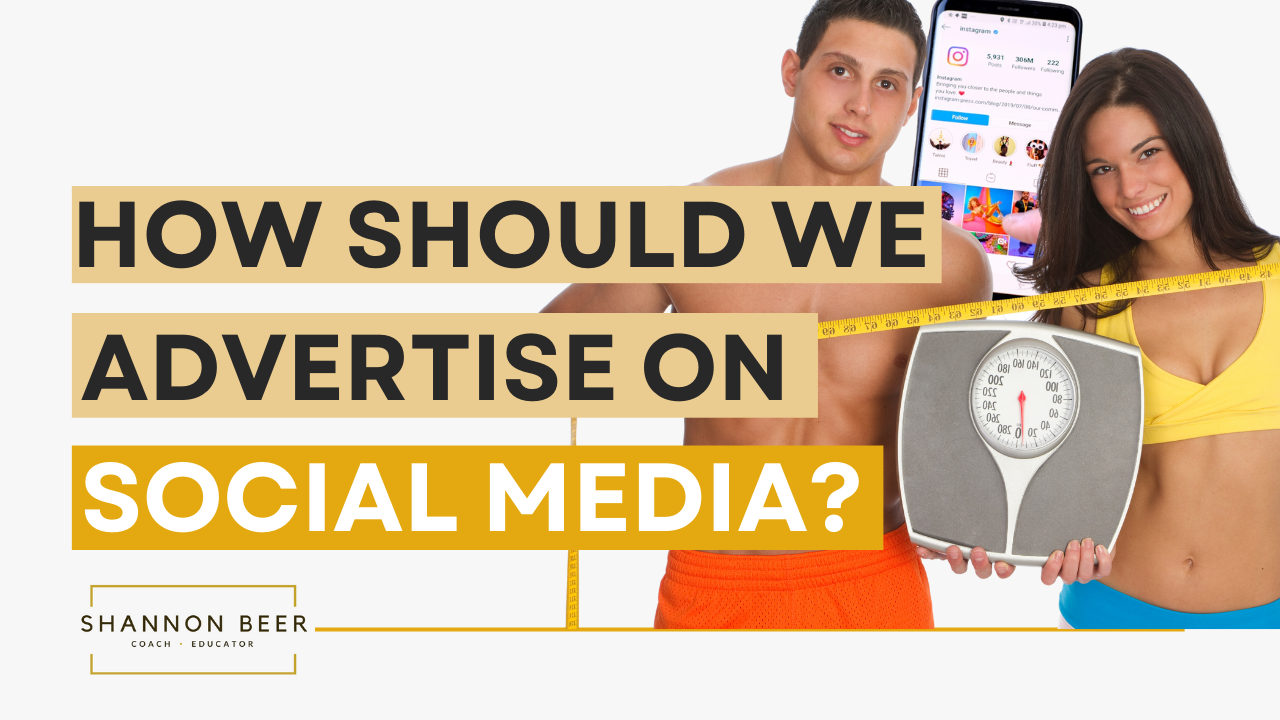
How should we conduct ourselves online as health and fitness professionals?
Many of us rely on social media as a means of attracting clients and sharing about our work. It is not unusual for coaches to be posting their own physique transformations, or using before and after photos of clients to advertise their services. But is this a responsible way to market ourselves? Is Fitspiration actually helpful, or harming our potential clients? As a user, do you really benefit from viewing these kinds of posts?
This article will argue that in order to ethically practise, responsibly market ourselves and actually help people, we need to do things differently.
Is Fitspiration Harmful?
As a means of attracting clients or sharing their personal journeys, fitness professionals often post images and advice about health and fitness online. This is known as ‘Fitspiration’ - an amalgamation of ‘fitness’ and ‘inspiration’’ [1]. Although intended to be helpful or inspirational, evidence suggests this may not always be the case.
The Impact of Fitspiration on Body image and Eating Behaviours
Media exposure is a key sociocultural factor contributing to body image concerns [2] and evidence suggests that social media is no exception. Fitspiration has been found to be associated with greater body dissatisfaction, negative mood and disordered eating behaviours [3]. This is likely because Fitspiration often contains objectifying images depicting idealised body types: thin-athletic females and hyper muscular males [4], promoting exercise and diet with an increased focus on appearance rather than on health and well-being [5]. A common focus of fitness inspiration content is on exercising for appearance reasons [6], which has been associated with more negative body image [7]. In addition, Fitspiration often contains guilt-inducing messages, stigmatises weight and body fat, and emphasises dieting, restrictive eating and self control [8].
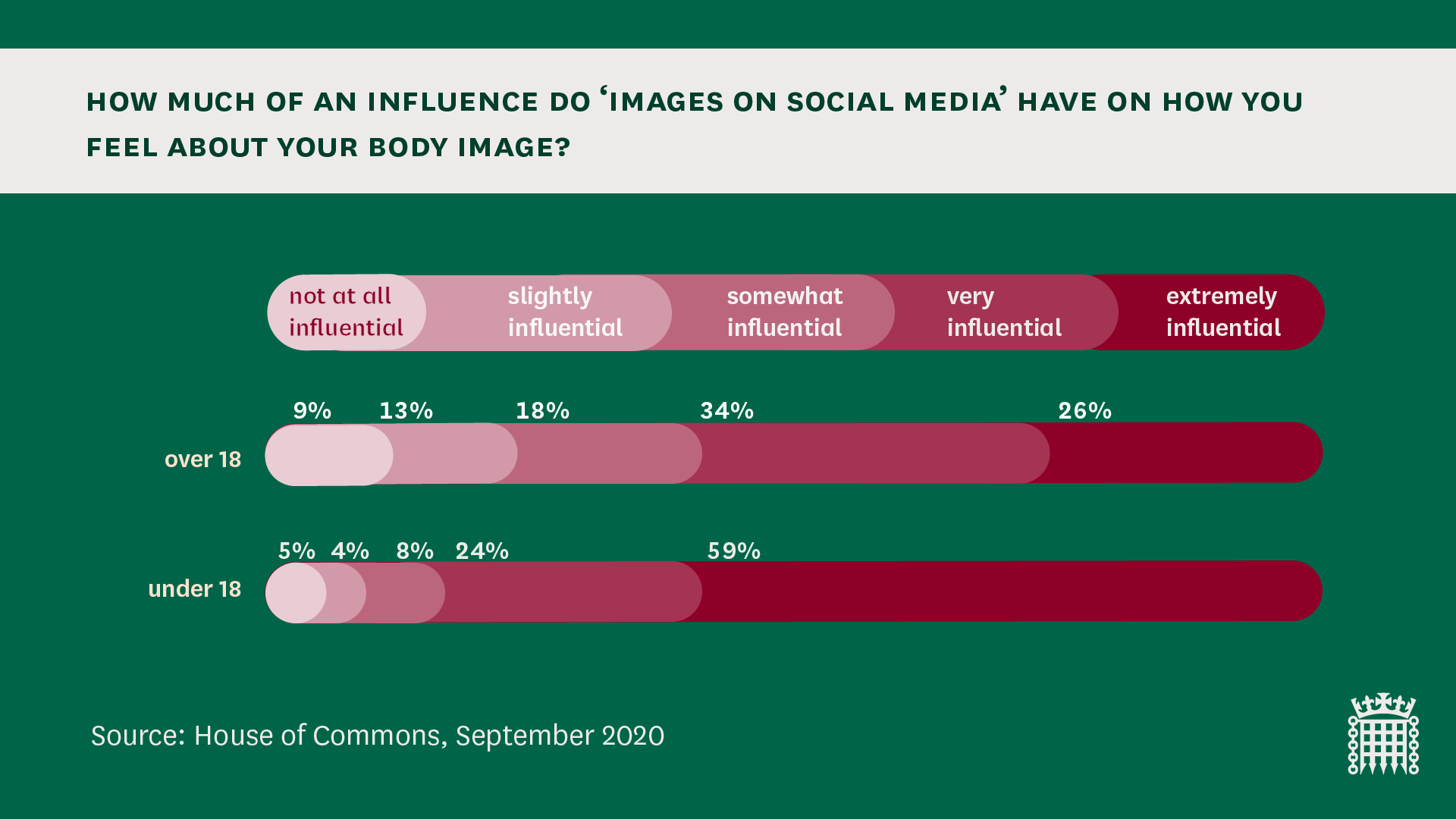 [9]
[9]
Chicken or egg?
Much of the research into the effects of Fitspiration has been cross-sectional in nature, meaning that a cause- and-effect relationship cannot be established. Clearly not everyone exposed to these images will experience harm.
It has been suggested that is not the exposure of these images per se that triggers body dissatisfaction, but the individual’s internalisation of these images, i.e., the adoption of them as a personal standard and tendency to compare one’s own body to that of the ideals [10]. In support of this theory, exposure to Fitspiration has been shown to increase pressure to attain an idealised body which, if internalised, can be detrimental to one’s physical and mental health [11],[12].
However more emerging experimental research suggests that negative consequences may follow from exposure. An experience sampling study found that women and men exposed to Fitspiration in their everyday lives may experience lower body satisfaction and poorer emotional health [13]. Even 2-3 minutes of exposure to Fitspiration was enough to generate reliable associations with lower body satisfaction. These effects have the potential to compound with cumulative exposure.
Is it really motivating?
While Fitspiration is designed to have a positive and inspirational effect on intentions to engage in health seeking behaviours, evidence suggests that this may not be the case.
Whilst individuals may report being more motivated to exercise after exposure to Fitspiration, actual exercise behaviours do not seem to increase [14]. On the contrary, some individuals experience decreased satisfaction with their current fitness levels [15] and less confidence in their ability to attain these ideals.
Realm of Responsibility
Where does the onus of responsibility lie? Arguably, posting fitspiration doesn’t directly cause harm to everyone that views it. It is not a fitness professionals fault if their content influences the body image of the individual viewing it, since individual factors will mediate this relationship. So if that’s the case, it can’t be our responsibility? Right?
Ultimately, this is a personal decision. Personally, I do not feel good about posting content that may contribute to harm in a large majority of the population. If we are to be professionals, it is our responsibility to be conscientious of the content we are putting out.
Not to mention, the fitness industry is one of the few industries that have little regulation or standards in place regarding responsible advertising. The Advertising Standards Authority (ASA), the UK’s independent advertising regulator, recently advised we should take the issue of body image very seriously, ensuring that ads should be prepared with a sense of responsibility to consumers and to society [16]. It was suggested that advertisers should not exploit insecurities, create pressure to conform or present an unhealthy body image as aspirational. We should ensure we don’t portray particular body types in an irresponsible manner, imply people can only be happy if they look a certain way, or present an unhealthy body image as aspirational.
The question is: are we going to take notice?
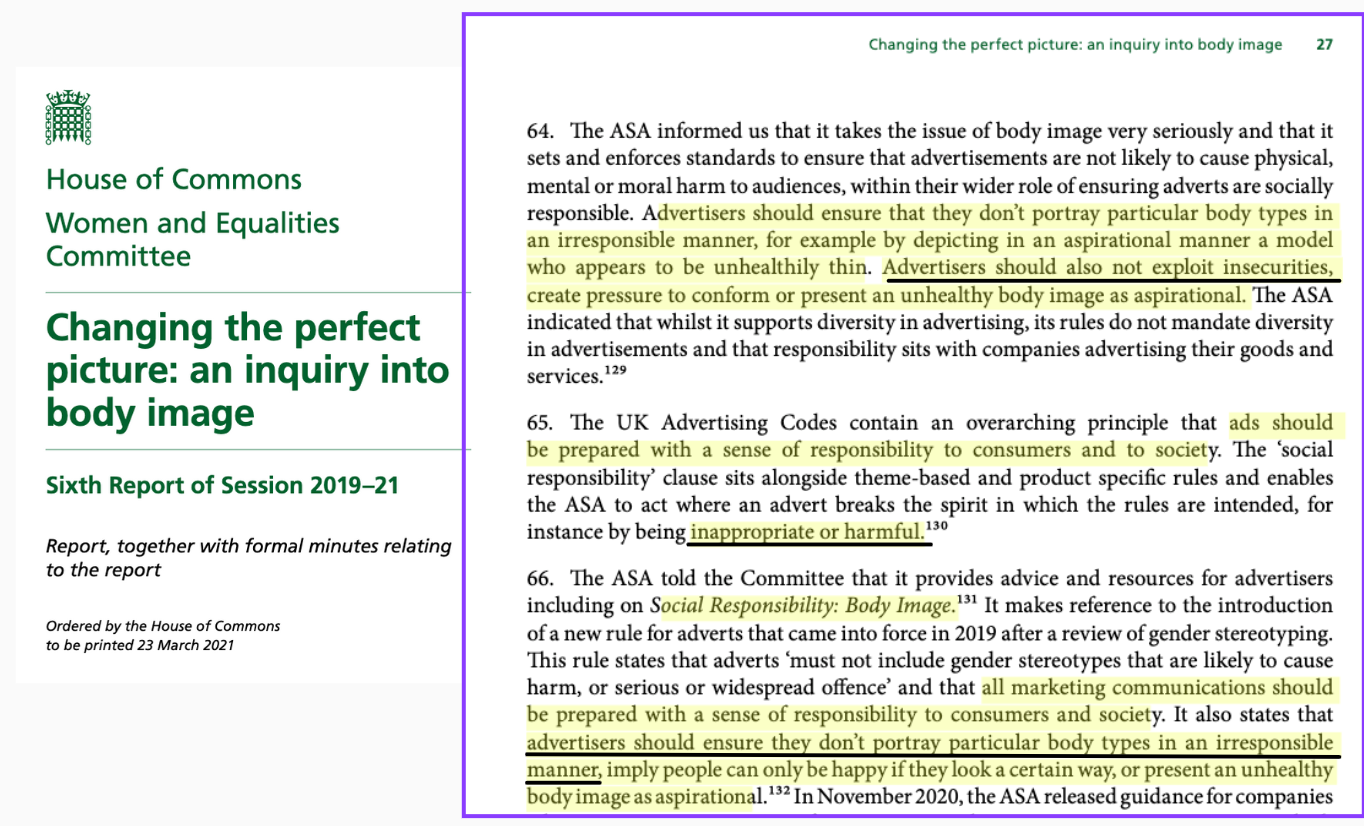 [17]
[17]
A More Helpful Approach
Sure, us health and fitness professionals have businesses to run. Social media provides a great opportunity to market ourselves - but we can do this in ways that have a net benefit not just to our businesses, but to the individuals viewing our content.
In business, this is referred to as Corporate Social Responsibility; A way in which business can ‘add value’ to society by actively addressing some of society’s complex problems, while simultaneously advancing the business’ bottom line [18]. We can use our platforms to challenge rigid and unattainable messages regarding appearances and to promote diverse body sizes and body appreciation.
Scared you’ll lose business? It’s unlikely - we are seeing a greater demand for diverse appearance content by online consumers [19]. Narrow physique ideals are exclusive not inclusive. The more you celebrate a wider range of appearances, and reduce the barrier to entry to fitness, the larger your market base will be. Hence why we see big brands like Nike celebrating all bodies and marketing with inclusivity.
To help promote a positive body image, best practices include posting less:
- ‘What I eat in a day’ posts or other content inviting individuals to compare
- Content encouraging people to diet or change their bodies
- Posts that are posed and heavily edited
- Messages about disciplining or ignoring the body
Instead, we should aim to post more:
- Diverse ranges of bodies
- Encouragements to think critically about health, appearances and well-being
- Advice for practising body appreciation and self-compassion
If you’re a fitness professional who wants to learn more about body image, responsible marketing and how to support your clients - check out the Body Image Fundamentals Course.
References
[1] Tiggemann M, Zaccardo M. “Exercise to be fit, not skinny”: The effect of fitspiration imagery on women’s body image. Body Image. 2015;15:61–7.
[2] Thompson, J. K., Heinberg, L. J., Altabe, M. N., & Tantleff-Dunn, S. (1999). Exacting beauty: Theory, assessment, and treatment of body image disturbance. Washington D.C: American Psychological Association. http://dx.doi.org/10.1037/10312-000
[3] Holland, G., & Tiggemann, M. (2016). A systematic review of the impact of the use of social networking sites on body image and disordered eating outcomes. Body Image, 17, 100–110. http://dx.doi.org/10.1016/j.bodyim.2016.02.008
[4] Carrotte ER, Prichard I. Lim MSC: “Fitspiration” on social media: A content analysis of gendered images. J Med Internet Res. 2017;19(3):e95
[5] Carrotte RE, Prichard I, Lim CMS (2017) Fitspiration on social media: a content analysis of gendered images. J Med Internet Res 19(3):e95. https://doi.org/10.2196/jmir.6368
[6] Boepple L, Ata RN, Rum R, Thompson JK. Strong is the new skinny: A content analysis of fitspiration websites. Body Image. 2016;17:132–5.
[7] Prichard I, Tiggemann M. Relations among exercise type, self-objectification, and body image in the fitness centre environment: The role of reasons for exercise. Psychol Sport Exerc. 2008;9(6):855–66.
[8] Boepple, L., & Thompson, J. K. (2016). A content analytic comparison of fitspiration and thinspiration websites. International Journal of Eating Disorders, 49, 98–101. http://dx.doi.org/10.1002/eat.22403
[9] https://houseofcommons.shorthandstories.com/women-and-equalities-body-image-survey/index.html
[10] Dittmar, H. (2009). How do “body perfect” ideals in the media have a negative impact on body image and behaviors? Factors and processes related to self and identity. Journal of Social and Clinical Psychology ,28,1–8.
[11] Stice E., Shaw H. E. (2002). Role of body dissatisfaction in the onset and maintenance of eating pathology: a synthesis of research findings. J. Psychosom. Res. 53 985–993. 10.1016/s0022-3999(02)00488-9
[12] Bell H. S., Donovan C. L., Ramme R. (2016). Is athletic really ideal? An examination of the mediating role of body dissatisfaction in predicting disordered eating and compulsive exercise. Eat Behav. 21 24–29. 10.1016/j.eatbeh.2015.12.012
[13] Griffiths, S., & Stefanovski, A. (2019). Thinspiration and fitspiration in everyday life: An experience sampling study. Body image, 30, 135–144. https://doi.org/10.1016/j.bodyim.2019.07.002
[14] Robinson, L., Prichard, I., Nikolaidis, A., Drummond, C., Drummond, M., & Tiggemann, M. (2017). Idealised media images: The effect of fitspiration imagery on body satisfaction and exercise behaviour. Body image, 22, 65–71. https://doi.org/10.1016/j.bodyim.2017.06.001
[15] Krug, I., Selvaraja, P., Fuller-Tyszkiewicz, M., Hughes, E. K., Slater, A., Griffiths, S., Yee, Z. W., Richardson, B., & Blake, K. (2020). The effects of fitspiration images on body attributes, mood and eating behaviours: An experimental Ecological Momentary Assessment study in females. Body image, 35, 279–287. https://doi.org/10.1016/j.bodyim.2020.09.011
[16] https://www.asa.org.uk/advice-online/social-responsibility-body-image.html
[17] https://committees.parliament.uk/work/226/changing-the-perfect-picture-an-inquiry-into-body-image/
[18] Porter, M. E., & Kramer, M. R. (2006, December). Strategy and society: The link between competitive advantage and corporate social responsibility. Harvard Business Review
[19] Diedrichs, P. C., Lee, C., & Kelly, M. (2011). Seeing the beauty in everyday people: a qualitative study of young Australians' opinions on body image, the mass media and models. Body image, 8(3), 259–266. https://doi.org/10.1016/j.bodyim.2011.03.003

Stuck In All Or Nothing Mode?
Your mind isn’t broken; it’s just running on autopilot.
Take the free Emotion System Audit and learn what's driving your patterns - and what to do when you feel overwhelmed or out of control.

